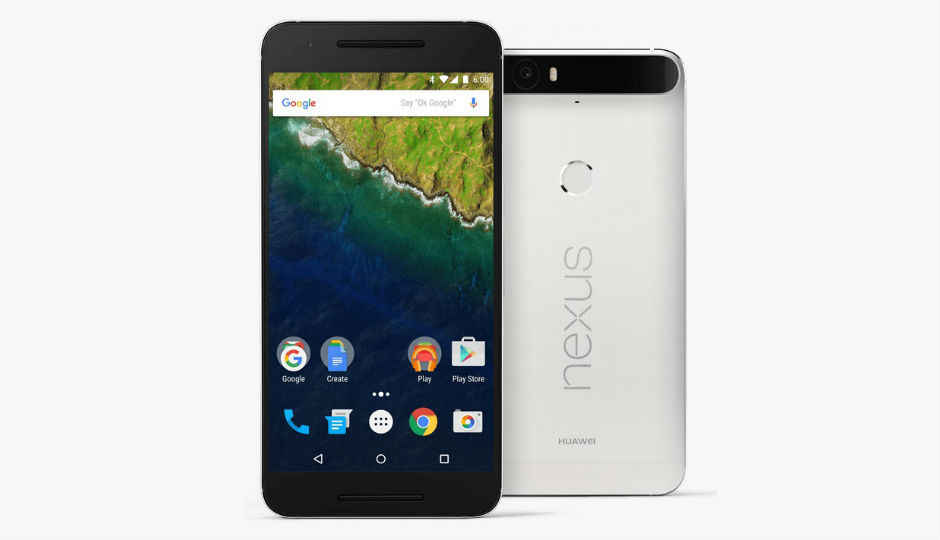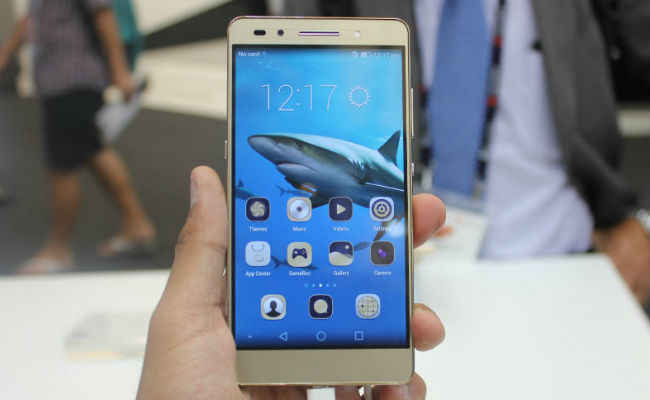Huawei’s Nexus 6P may be part of a much bigger plan

Huawei's Kirin SoCs may not be a brand name like Snapdragon and Helio, but they make a big difference for the company, and its position in the market.
Make a Nexus phone, check. In the Android ecosystem, the Nexus name does more than just determine what the newest version of Android is supposed to be. When Motorola made it last year, it was an acknowledgement of the company’s prowess in making Android phones. Big names like LG, Samsung and HTC have made Nexus phones in the past, and this year, it’s Huawei. For many, or even most consumers in India, Huawei is ‘that brand that makes routers’, but with its logo firmly etched on the back of the Nexus 6P, Huawei should, and most certainly would, hope to achieve much more.
Interestingly, the Nexus may not even be the most important part about Huawei. Of course, the company has proved its worth with phones like the Honor 6 Plus, Huawei P8, Ascend P1, and the soon-to-be-launched-in-India Honor 7. But, after Apple and Samsung, Huawei is perhaps the only company that can hope to pull away from the Google and Qualcomm-driven Android ecosystem. How? With its Kirin SoCs.
While the HiSilicon Kirin SoCs may not be as powerful as the Snapdragon 820s and Helio X20s, they’re easily comparable. More importantly, they’re Huawei’s own, which means it can innovate more than others. Point in fact, Huawei is planning to present OpenCL-based APIs to developers, allowing them to create apps specifically for its devices. How does this make Huawei different?
Well, consider the fact that Google blocked OpenCL with Android v4.3 on Nexus phones, and one of the principle reasons it cited for that was that it could cause issues when building for multiple SoCs. Alternatively, OpenCL allows you to efficiently manage tasks and utilise the GPU for various processes. Of course, there are other uses too, including the fact that OpenCL can be the back-end for other higher-level programming languages that can be used for Android.
Honor 7: A peek into Huawei's mobile computing future
Only Huawei can go this way because of its own Kirin SoCs. It means, given the right incentives, Huawei can get developers to code for its own SoCs, and have apps that are specifically made for its own phones. In addition, the company has its own app store ready. Known as the HiSpace App Store, Huawei’s phones in China use this, and Naveen Krishnan, Lead Strategy & BDM, Huawei Honor, says, “We did this six years ago. It’s called the HiSpace App Store and we brought in app ecosystems, gave out an SDK etc. We set up everything here in India, but the thing is, connectivity, the read, monetising the developers etc. can be played when you’re controlling the ecosystem. That will take time.”
What Krishnan means is that when you have a stronghold like Samsung used to, you can take these steps. The South Korean manufacturer has been using its Exynos SoC for a while now, and took the ultimate step with its current generation flagships. If you’re wondering why Samsung and Huawei would want to do that, you need to look only as far as Apple. The Cupertino-based giant’s success can be attributed largely to the vertical ecosystem that it has made for itself. Android’s biggest weakness is in the fact that it is fragmented, with various OEMs making various changes. As a result, having more control over the hardware will always be beneficial for the company.
For example, Huawei may use sensors from Sony, Toshiba etc., just like everyone else, but its image processing algorithms can be tied to the SoC. Moreover, with OpenCL integration, it can even use the GPU for image processing on its Kirin chipsets. In addition, Huawei can go to brands like Uber, Ola, Zomato etc. to integrate their apps into its EMUI. It’s easier to do so in China, since Google is practically absent there and Android phones are essentially not what Google meant them to be, but in India, it is not so. As a result, Huawei’s Honor brand, which has arguably had more traction than the Ascend series, can become much more than what others can do. In fact, we saw the Honor 7 at MWC Shanghai recently, and were quite impressed with it. The Honor 6 Plus, in our tests, was the first Android phone to better the iPhone 6's camera. The Honor-branded phones have proven that Huawei is here to stay, and the company means business. In addition, Huawei has not taken the brute force specs method either, instead choosing a path that is reminiscent of established brands like Samsung and Motorola. The emphasis is on features and the overall experience, which, as we have seen earlier, has defined some of the best brands till date, including Samsung, Apple and Motorola.
All of this, when combined with Huawei's stronghold on the network infrastructure, gives you a formidable competitor to companies like Samsung. In fact, while the Honor brand is often compared to other Chinese companies like Xiaomi, Meizu etc., from Huawei’s point of view, it’s not about competing with them. It’s about competing with the top players in the market. Samsung and Micromax own the biggest chunks of the Indian market. So, instead of bustling for space amongst each other, Huawei is seemingly looking to take a bite off their share. And making the Nexus is just a part of this bigger plan. In fact, it aids the company in building what could be the next big seller in the smartphone industry.





